- Messages
- 4,873
- Name
- mike
- Edit My Images
- No
@Forkbeard you could try this http://www.dofmaster.com/doftable.html or download an app for your mobile.
Mike
Mike
in truth f-stops are not a distance but a scale. hence its not really possible to say what amount will be in focus in terms of inches/feet etc due to the number of variables ( distance from subject etc. so all you can do is estimate based on the guide of focus area in front and behind subject which normally equates to 1/3rd the diatnce in front of subject and 2/3 behind . so if subject is 10 feet away , from around 7 feet to 16 feet will be in focus
i would disgraee there. because in needs to be pointed out and its a common mistake that people associate DOF with distance when it isnt. its purely a scale to represent how much or little light goes into the camera. there is no defined distance as it will depend on several factors such as , as mentioned, lens, distance from subject,sensor size, hence there is no definitive answer to the ops question in regard to distance on DOF.
DOF and aperture are not the same thing (although they have a relationship). DOF is very much associated with distance to the subject. DOF is a product of aperture and distance.i would disgraee there. because in needs to be pointed out and its a common mistake that people associate DOF with distance when it isnt. its purely a scale to represent how much or little light goes into the camera. there is no defined distance as it will depend on several factors such as , as mentioned, lens, distance from subject,sensor size, hence there is no definitive answer to the ops question in regard to distance on DOF.
Dean that's utter gibberish, but not the only gibberish in this thread!... people associate DOF with distance when it isnt. its purely a scale to represent how much or little light goes into the camera ...
i would disgraee there. because in needs to be pointed out and its a common mistake that people associate DOF with distance when it isnt. its purely a scale to represent how much or little light goes into the camera. there is no defined distance as it will depend on several factors such as , as mentioned, lens, distance from subject,sensor size, hence there is no definitive answer to the ops question in regard to distance on DOF.
I'll start from scratch because this is one if those weird threads full of misinformation.Good morning everybody.
I have been getting into photography for a while but I still seem to be really struggling with understanding aperture and when to use the various settings in the real world. I have read magazine articles and books on it but I think I must be too stupid to take it in. Can anybody offer any advice please?
Thanks
Blaine
Oh, brilliant. That and some experimentation should help me out no end! Cheers.@Forkbeard you could try this http://www.dofmaster.com/doftable.html or download an app for your mobile.
Mike
Dean that's utter gibberish, but not the only gibberish in this thread!
Thank you for that. I bought a book for the camera which told me to use the button on the front of the camera whilst looking through the viewfinder to see the difference between settings. However I can't see what the difference is when looking through the viewfinder.
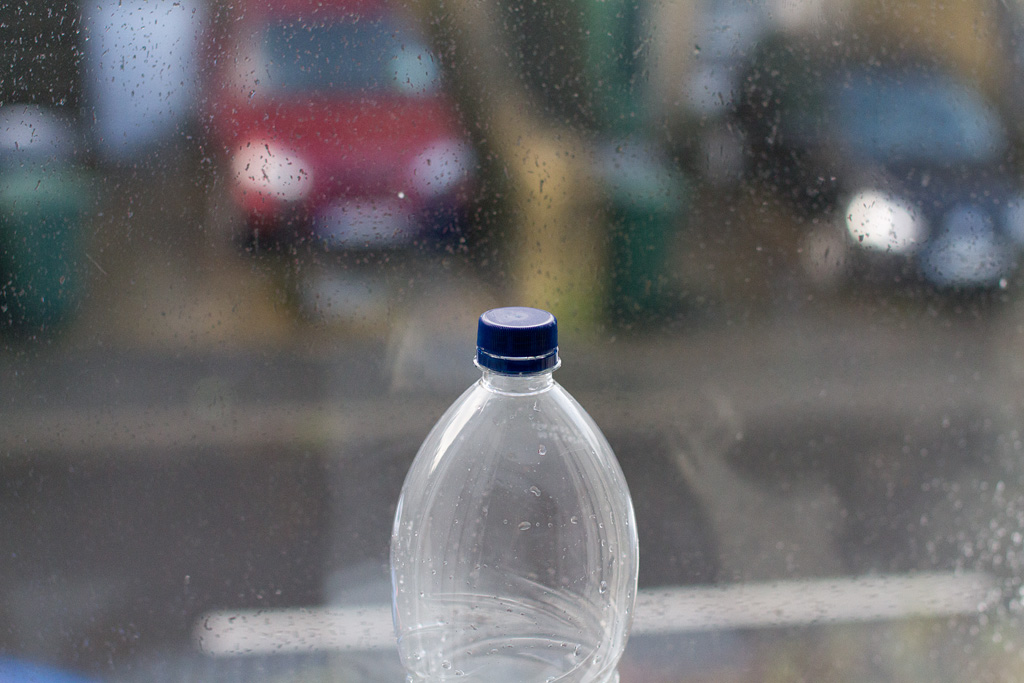
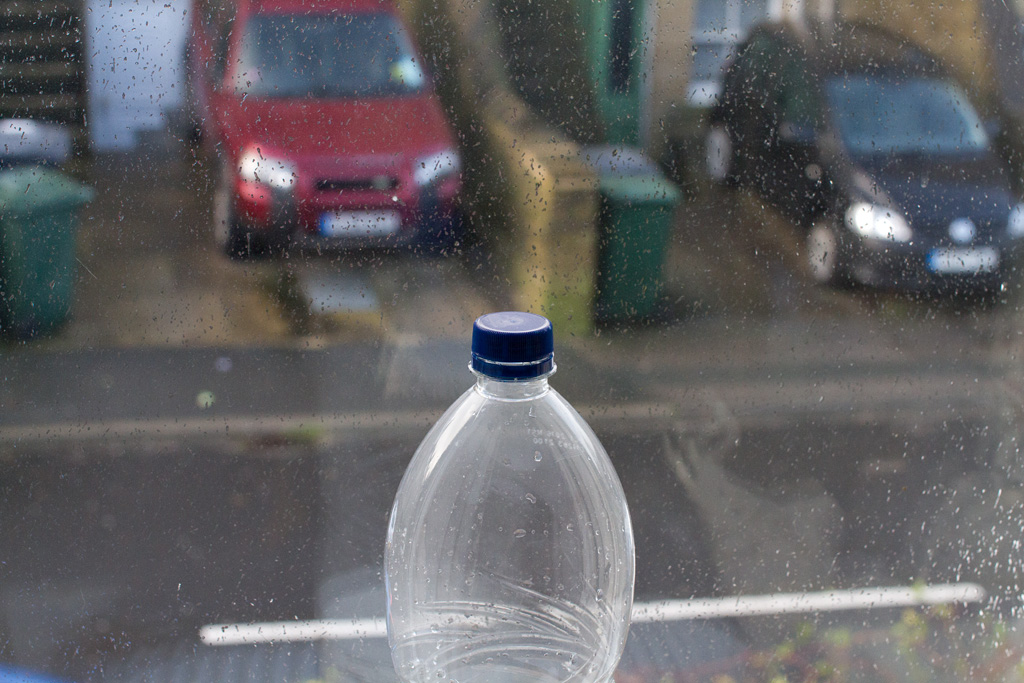
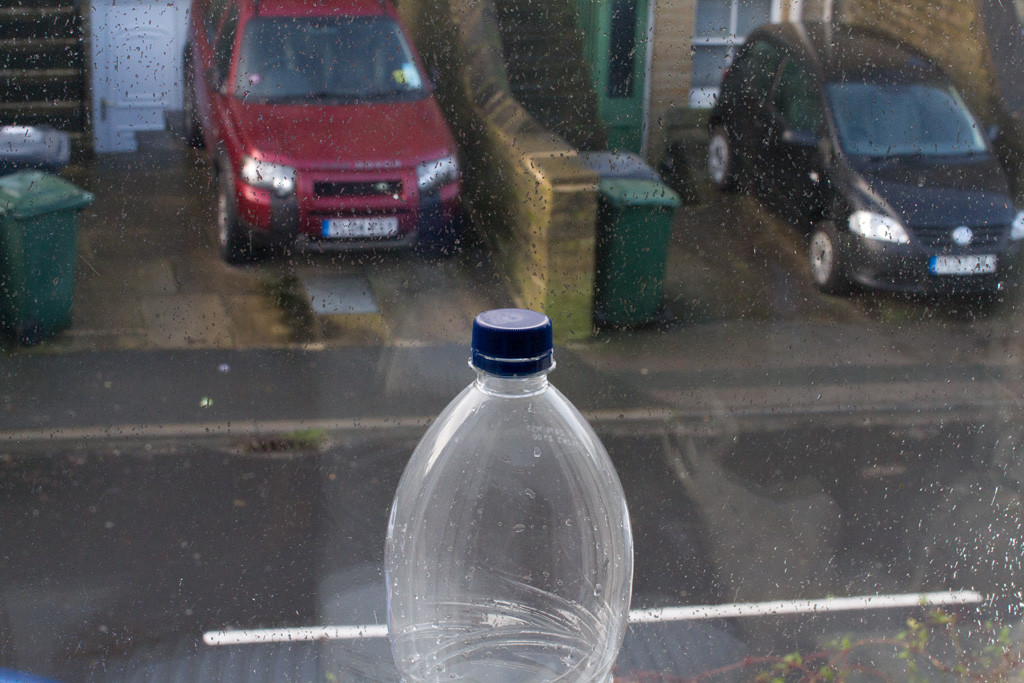
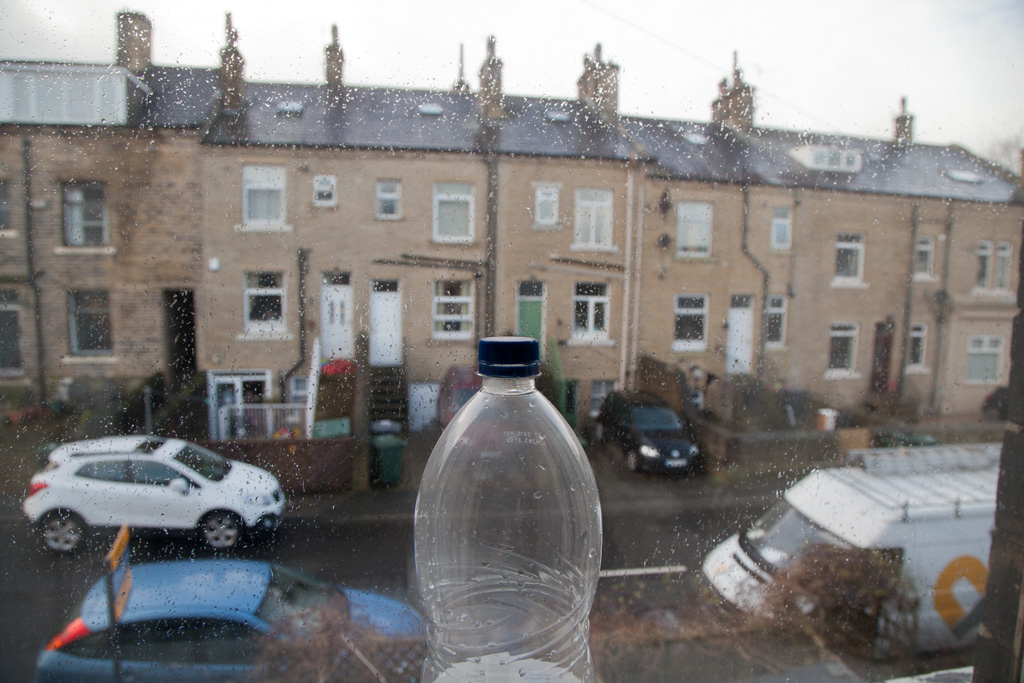
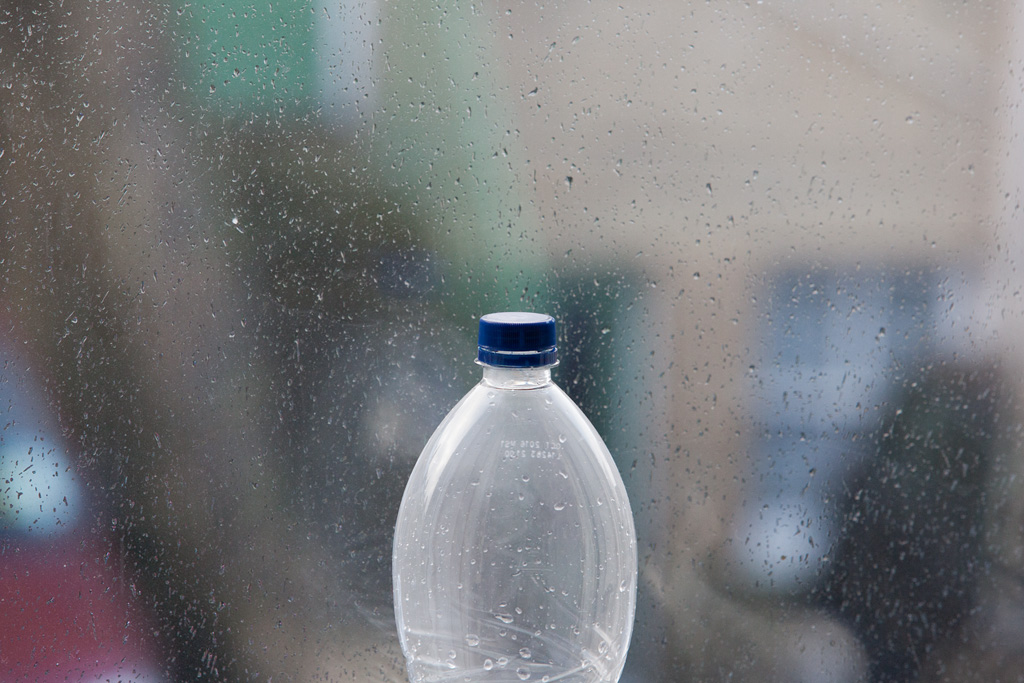
strangely you say in a second that it is affected by distance from subject, so which is it? Depth of field IS associated with distancei would disgraee there. because in needs to be pointed out and its a common mistake that people associate DOF with distance when it isnt.
sorry but DOF has nothing to do with lighting levels, although lighting levels may dictate for example what apertures are available and hence possible DOFits purely a scale to represent how much or little light goes into the camera.
there is no defined distance as it will depend on several factors such as , as mentioned, lens, distance from subject,sensor size, hence there is no definitive answer to the ops question in regard to distance on DOF.
But I've learnt that the f-number is the focus (hence the letter f) range - thus a large f number covering a longer focus range is achieved with a small tight aperture.
Don't know about anyone else but I've just found this amazingly useful, thank you!The effects aren't always easy to see on a small viewfinder so don't worry too much about that. As Phil V says, essentially the smaller the number the less will be in focus, the larger the number the more will be in focus.
Take this example at f/2.8 on a 50mm lens. Notice how the background's very blurred? That's because the large aperture has created a shallow depth of field so pretty much whatever you focus on will be the only thing in focus assuming everything behind it is quite a long way away.

If we make the aperture smaller (called stopping down) to f/8, we can see the background is starting to become a bit clearer as the depth of field increases.

Stopping down further to f/16 we're starting to pull the background into focus even more. There's quite a distance here between the bottle and the other side of the street, if the bottle were a few feet further forwards and I focussed on it there the entire scene would probably be sharp.

Another thing that affects depth of field is focal length. Basically the lower the focal length the greater the depth of field will be, the more you zoom in (the longer focal length you use) the shallower the depth of field will be.
Here's 24mm at f/8, the background is roughly as in focus as it was at f/16 on a 50mm lens:

If we try f/8 at 200mm we see a completely different depth of field with the background being almost completely blurred:

All these things can be used purposely to affect how your images look. If you're shooting in the street and want the entire scene in focus and sharp, try using a wide angle lens and stopping down to something like f/11. If you're taking a portrait of someone and want to heavily blur the background, try something like a 200mm lens with an aperture of f/4.
All this seems like a lot of info to take in - and it is - but it does come in time. In some cases it comes without you even trying, you'll just be out one day with your camera and it'll all click into place. Try not to let it frustrate you, just enjoy taking photos.
Don't know about anyone else but I've just found this amazingly useful, thank you!
The effects aren't always easy to see on a small viewfinder so don't worry too much about that. As Phil V says, essentially the smaller the number the less will be in focus, the larger the number the more will be in focus.
Take this example at f/2.8 on a 50mm lens. Notice how the background's very blurred? That's because the large aperture has created a shallow depth of field so pretty much whatever you focus on will be the only thing in focus assuming everything behind it is quite a long way away.

If we make the aperture smaller (called stopping down) to f/8, we can see the background is starting to become a bit clearer as the depth of field increases.

Stopping down further to f/16 we're starting to pull the background into focus even more. There's quite a distance here between the bottle and the other side of the street, if the bottle were a few feet further forwards and I focussed on it there the entire scene would probably be sharp.

Another thing that affects depth of field is focal length. Basically the lower the focal length the greater the depth of field will be, the more you zoom in (the longer focal length you use) the shallower the depth of field will be.
Here's 24mm at f/8, the background is roughly as in focus as it was at f/16 on a 50mm lens:

If we try f/8 at 200mm we see a completely different depth of field with the background being almost completely blurred:

All these things can be used purposely to affect how your images look. If you're shooting in the street and want the entire scene in focus and sharp, try using a wide angle lens and stopping down to something like f/11. If you're taking a portrait of someone and want to heavily blur the background, try something like a 200mm lens with an aperture of f/4.
All this seems like a lot of info to take in - and it is - but it does come in time. In some cases it comes without you even trying, you'll just be out one day with your camera and it'll all click into place. Try not to let it frustrate you, just enjoy taking photos.
Brilliant examples that have made this subject very easy to understand for a relative newcomer.
To be honest I have had the camera for about a year and a half and only recently started to get it off auto mode but I still am only using Aperture Priority and Tv modes on it.
Having grasped the principle may I ask why it actually happens when essentially the picture is taken through the same piece of glass albeit different parts of it.
